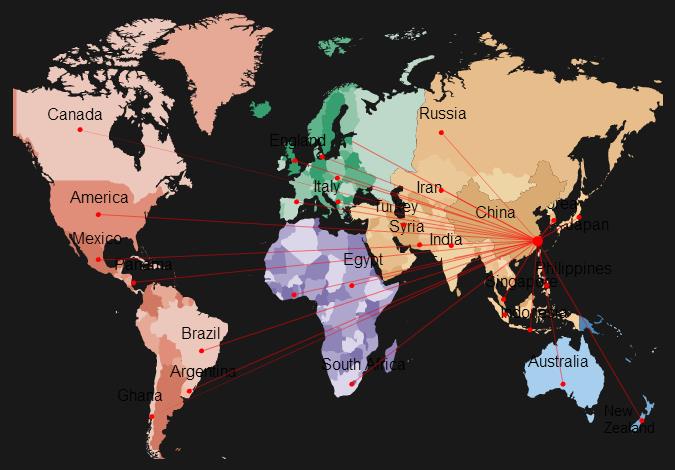Plywood Grade
Grading rules differ according to the country of origin. The most popular standards are the British Standard (BS) and the American Standard (ASTM). Joyce (1970), however, list some general indication of grading rules:
| Grade | Description |
|---|---|
| A | Face and back veneers practically free from all defects. |
| A/B | Face veneers practically free from all defects. Reverse veneers with only a few small knots or discolorations. |
| A/BB | Face as A but reverse side permitting jointed veneers, large knots, plugs, etc. |
| B | Both side veneers with only a few small knots or discolorations. |
| B/BB | Face veneers with only a few small knots or discolorations. Reverse side permitting jointed veneers, large knots, plugs, etc. |
| BB | Both sides permitting jointed veneers, large knots, plugs, etc. |
| C/D | For structural plywood, this grade means that the face has knots and defects filled in and the reverse may have some that are not filled. Neither face is an appearance grade, nor are they sanded smooth. This grade is often used for sheathing the surfaces of a building prior to being covered with another product like flooring, siding, concrete, or roofing materials. |
| WG | Guaranteed well glued only. All broken knots plugged. |
| X | Knots, knotholes, cracks, and all other defects permitted. |
| WBP | Weather and Boil Proof used in Marine Ply. Designation replaced by EN 314-3. |
JPIC Standards
| Grade | Description |
|---|---|
| BB/CC | Face as BB, back as CC. BB as very little knots of less than 1/4 inches, slight discoloration, no decay, split and wormholes mended skillfully, matched colors, no blister, no wrinkle. Most popular choice for most applications |



